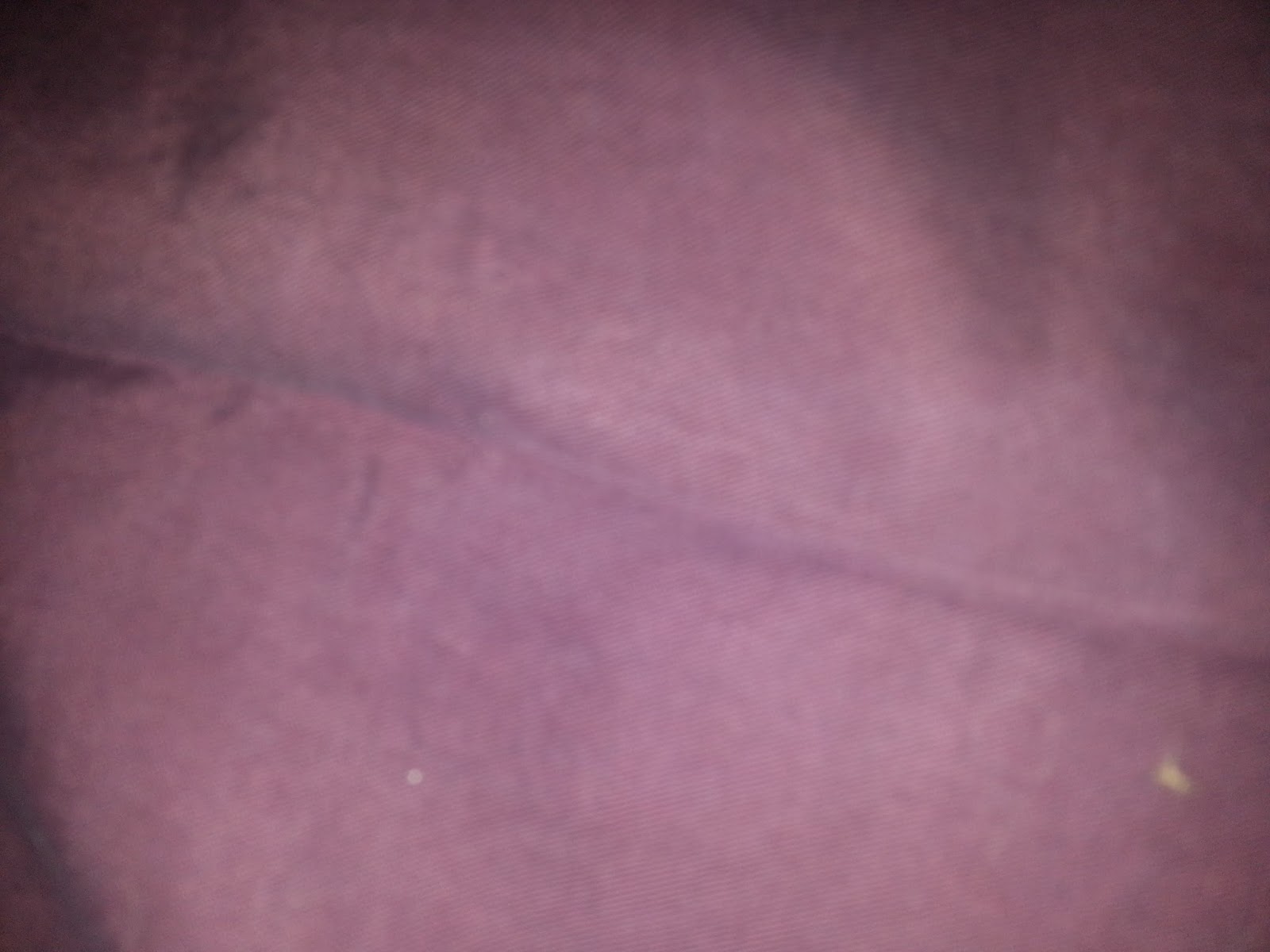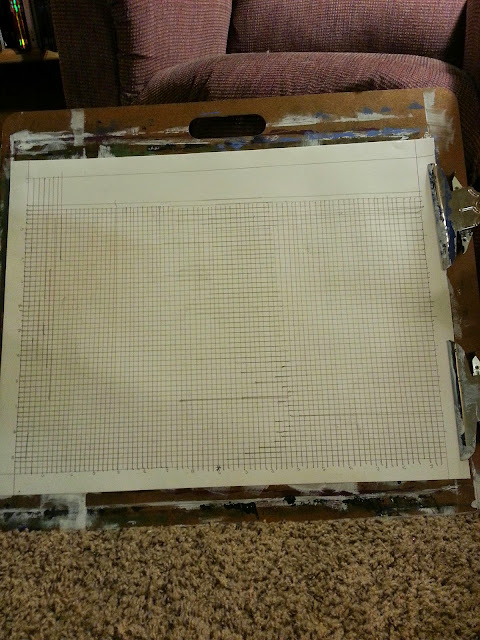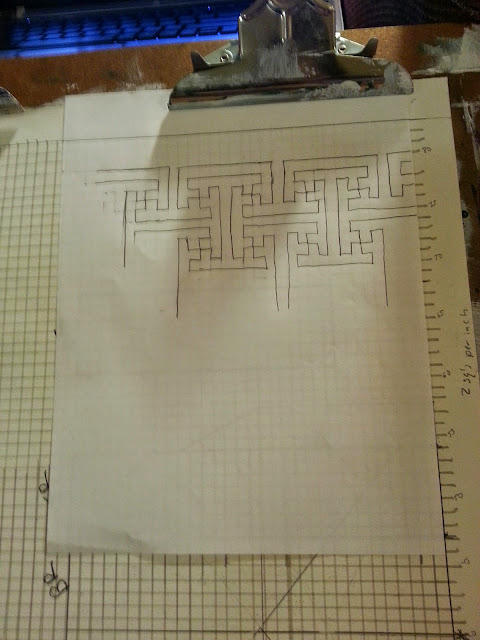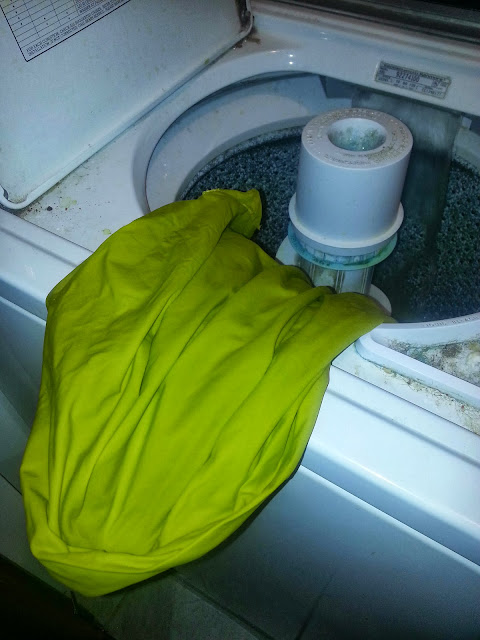Hello,
First off, I apologize for not getting the progress pictures up last night, I was busy sewing the body of the kimono together. I have not attached the front panels or the sleeves yet. I will be attaching the front panels tonight, and the sleeves will be attached after the embroidery is finished.
The reason for delaying the attachment of the sleeves is simple - as I am making a lined kimono, the opening under the sleeve of the kimono - the
Miyatsukuchi (身八つ口 - is attached not only to the body of the kimono, but also to the lining, so that no seams are showing. The
kise also helps with this, but more on that later in this post. When doing
sashiko embroidery, it is necessary to leave slack on the back of the embroidery, and also, as the kimono will be washable, I will need to knot the thread on the back of the embroidery as well. (There is a way to start
sashiko without a knot, but from what I have read, it does not hold up well to multiple washes.) It would make it much more difficult to embroider, leave slack, and make the knots, if the lining were attached to the kimono, even if it were just attached the
miyatsukuchi and not at the hem or collar. Also, I am still unsure if I want to embroider on the sleeves or not, and, if I were going to attach the sleeves, I would first have to completely attach the lining to them, which would not work for the reasons listed above.
Something that I am trying to do correctly, and I think I have it mostly figured out, is
kise. I have not found a satisfactory definition of
kise anywhere, so I am going to try to do it justice here.
Kise is a way of pressing your seams so that the seams are always covered by approximately 0.2cm of fabric from one side or the other. I am not sure if it is traditional, but I have found that using silk pins while ironing the
kise helps me keep it more uniform. I am pretty sure I would have burns all over my fingers if I did not use pins.
The way that I have been making
kise on this kimono is working for me, so I will try to lay it out and explain it. I forgot to take pictures of the
kise that I made yesterday, for the two back seams, but I will (hopefully) remember to take some tonight when I attach the front strips. I need to make
kise on the sides of the kimono as well, so that is four opportunities to do step by step pictures. If I do get them, I will make a tutorial on
kise and post it for everyone.
Kise
1. Sew your seam. I have found that I sew much better when I measure and
mark the seam with a quilting pencil and ruler. Kimono are great for
marking seams, because they are all straight lines and no curves!
2. With the right sides of the fabric still together -
before you open the fabric
- lay the raw edges towards you so that the seam is furthest away from
you, at the top of the fabric. (If a different orientation works better
for you, use it! This is a personal preference of where the seam is on
the fabric.)
3. Fold the seam back towards you so there is just about an eighth of an
inch of fabric left on the other side of the seam. The raw edges of the
seam will be facing you. Pin in place. (This I do have a picture of!)
4. Press firmly along the folded edge to crease the fabric.
5.
Gently open up the fabric so that one side stays folded a bit over the seam.
After I mark and sew on the front panels, I will be experimenting with different embroidery patterns by tracing them to tracing paper and will hopefully decide on one so that I can start tracing it onto the kimono body. The design will have to be traced onto the outside of the kimono, and I am anticipating that it will be a bit tricky to line up the seams and such. Luckily I am in possession of Scotch Tape so that I can tape multiple sheets of tracing paper together. I am only going to tape them together vertically, because if I tape them together horizontally, I will have difficulty with raising them a bit to trace the line of the embroidery onto the fabric. I am having difficulty getting my hands on some dressmaker's carbon paper, which would make this a whole lot easier, so I am under-tracing the designs with a yellow quilter's pencil. I have found that the easiest way to do this is to leave the tracing paper close to the fabric, put the tip of the pencil at the start of the line, and use my left thumb (as I am right handed) to guide the pencil along the line as I am under-tracing.
On a side note, I have discovered that the kimono fabric photographs dramatically different depending if I use flash or not. The picture above I used flash for, and it is a nice deep purple. When I don't use flash, however, I get a much brighter color that is almost raspberry.
To be quite honest, I am not sure which one I like better.
For the embroidery, I will be using a winter white. This is subject to change - I may just take my kimono and go into the embroidery section and lay out a bunch of different colors on it to see which one I like best. I would ideally like to find a green that works with the kimono and lining. The lining is a nice bright yellow green that will stand out very nicely, and the han-juban - which is a bit like a wrap skirt that goes under the kimono so that people don't get flashed - is a bright green. I dyed the lining and the fabric for the han-juban together, they just took the dye very differently, which is a bit frusturating, as I like the color of the han-juban much more. If, once I am done with the embroidery, I decide the colors of the lining don't match well, I may try to re-dye it a deeper green. Unfortunately I am not quite sure what happened to that dye, so I may have to order more. I am hoping that I will be satisfied with the colors together and not have to re-dye though, that would be great.
And lastly, I would like to introduce you to my nemesis...
Sorry that the picture is a bit fuzzy, she does not like laying still. This is Itoshii, one of two cats that we own. As you can see, she has long hair and thinks she owns my ironing board. That is what the lint roller in the picture is for - every time I need to use it, I kick her off and lint roller it to keep from getting cat hair and dander all over everything. Unfortunately, she has decided that the table is
her space and that I have to pay in pets to use it, which is frustrating when she decides to lay on my fabric while I am trying to mark it. She also loves to try to eat my marking pencil as I am drawing lines with it. Lucky for her she is adorable and purrs oh so loud while being naughty so Mommy doesn't get too mad at her.
I will hopefully have a tutorial (with pictures) of how I make a
kise tomorrow.
Thanks for stopping by!
Kristin
















